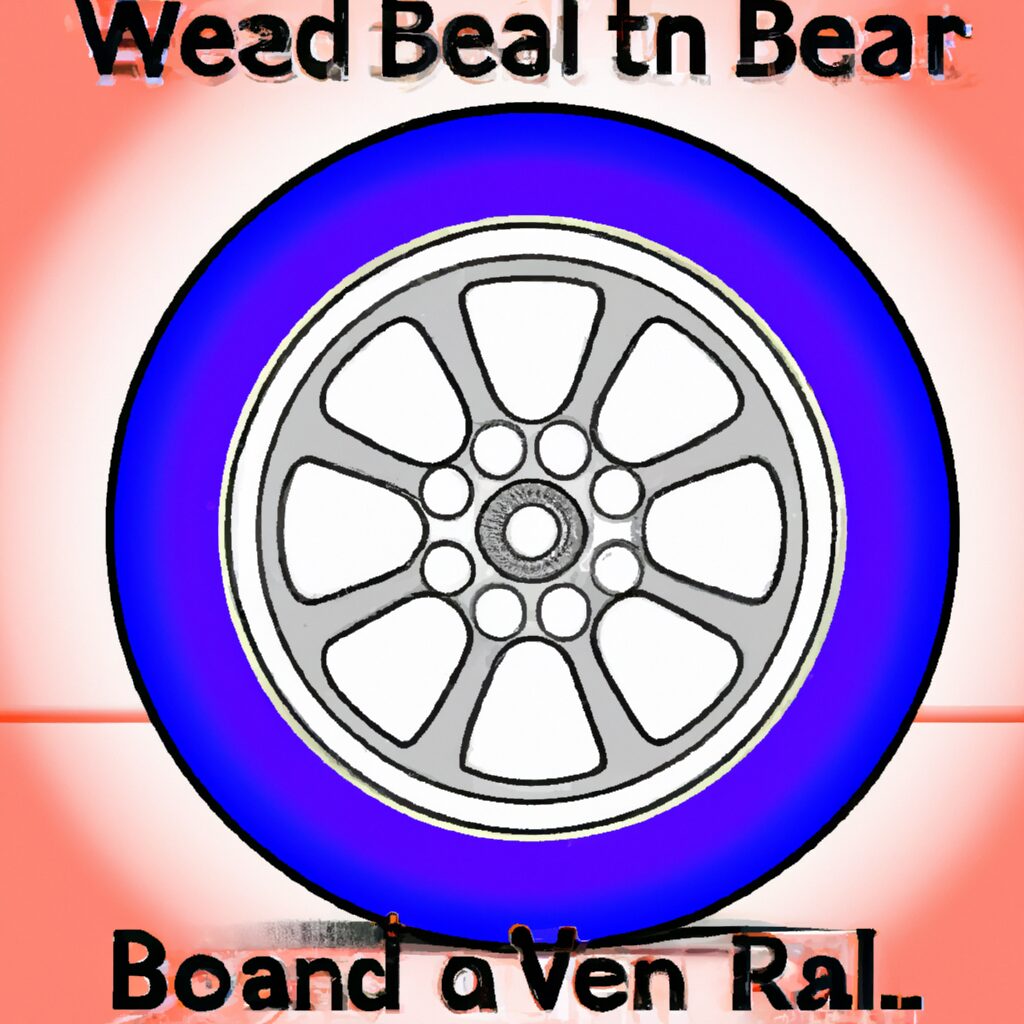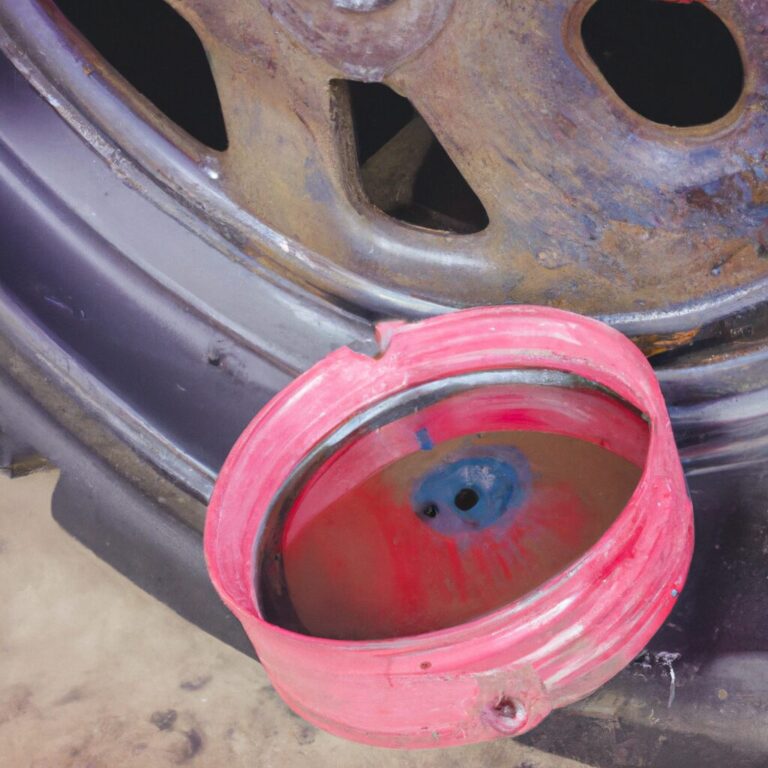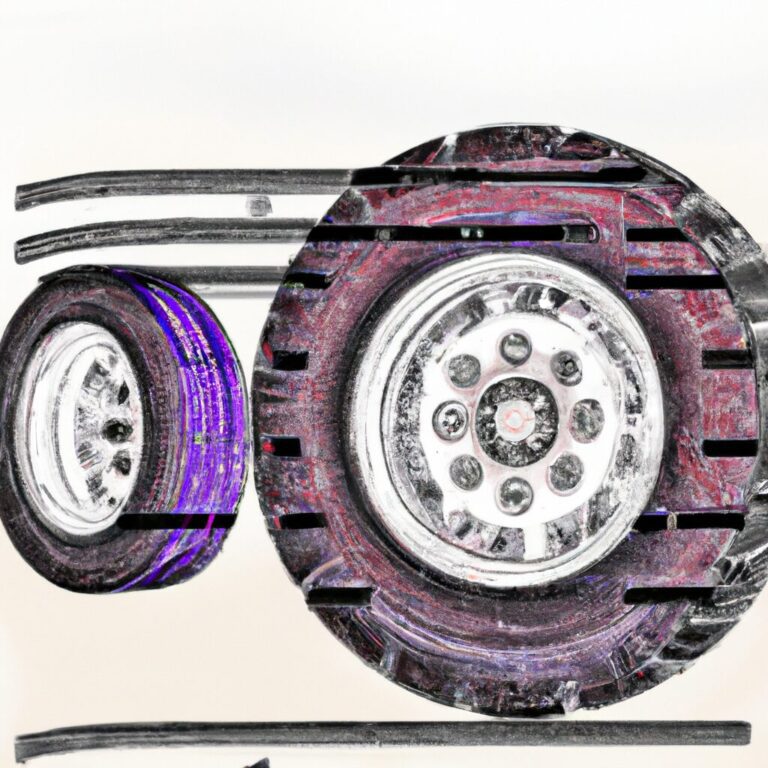how long can i drive with a bad wheel bearing
Driving with a bad wheel bearing can be dangerous and should be avoided. The amount of time you can drive with a bad wheel bearing depends on the severity of the damage and the type of vehicle you are driving. Generally, it is not recommended to drive with a bad wheel bearing for more than a few miles, as it can cause further damage to the vehicle and put you at risk of an accident. It is important to have a qualified mechanic inspect the wheel bearing and replace it if necessary.
What Are the Signs of a Bad Wheel Bearing?
A bad wheel bearing can cause a variety of symptoms, including a grinding or growling noise coming from the wheel area, a vibration in the steering wheel or floorboard, and a wobbling or shaking of the wheel. In some cases, the wheel may also feel loose or have excessive play when the vehicle is in motion. Additionally, a bad wheel bearing can cause the vehicle to pull to one side when braking. If any of these symptoms are present, it is important to have the wheel bearing inspected and replaced as soon as possible.
How Long Can You Drive With a Bad Wheel Bearing?
It is not recommended to drive with a bad wheel bearing for any length of time. A bad wheel bearing can cause a variety of issues, including increased wear and tear on other components, increased noise, and decreased handling. If a wheel bearing is damaged, it should be replaced as soon as possible. Driving with a bad wheel bearing can cause further damage to the vehicle, and can even lead to a complete failure of the wheel bearing, which can cause the wheel to come off while driving. This can be extremely dangerous and should be avoided at all costs.
What Are the Dangers of Driving With a Bad Wheel Bearing?
Driving with a bad wheel bearing can be extremely dangerous and should be avoided at all costs. A wheel bearing is a component of the wheel assembly that allows the wheel to rotate freely and smoothly. When a wheel bearing is worn or damaged, it can cause a variety of issues, including increased friction, vibration, and noise.
The most serious danger of driving with a bad wheel bearing is the potential for the wheel to come off the vehicle while driving. This can cause the driver to lose control of the vehicle, leading to a serious accident. Additionally, a bad wheel bearing can cause the wheel to wobble, which can lead to uneven tire wear and decreased handling.
In addition to the safety risks, driving with a bad wheel bearing can also cause damage to other components of the vehicle. The increased friction caused by a bad wheel bearing can cause excessive wear on the brakes, suspension, and other components. This can lead to costly repairs and can even reduce the lifespan of the vehicle.
For these reasons, it is important to have a bad wheel bearing inspected and replaced as soon as possible. If you suspect that your vehicle has a bad wheel bearing, it is important to have it inspected by a qualified mechanic. Doing so can help ensure your safety and help prevent costly repairs in the future.
How Can You Tell If Your Wheel Bearing Is Going Bad?
Wheel bearings are an essential part of a vehicle’s suspension system, allowing the wheels to rotate freely and smoothly. When a wheel bearing begins to fail, it can cause a variety of symptoms that can be difficult to diagnose.
One of the most common signs of a failing wheel bearing is a grinding or growling noise coming from the wheel area. This noise is usually most noticeable when turning or accelerating, and can be heard even when the vehicle is at a standstill.
Another symptom of a failing wheel bearing is a vibration coming from the wheel area. This vibration can be felt in the steering wheel, and is usually most noticeable when driving at higher speeds.
In addition, a failing wheel bearing can cause the vehicle to pull to one side when braking. This is due to the wheel bearing not being able to support the weight of the vehicle evenly, causing the vehicle to pull to one side when braking.
Finally, a failing wheel bearing can cause increased tire wear. This is due to the wheel bearing not being able to support the weight of the vehicle evenly, causing the tire to wear unevenly.
If you are experiencing any of these symptoms, it is important to have your wheel bearing inspected and replaced as soon as possible. Failing to do so can lead to further damage to the suspension system, as well as increased tire wear and decreased fuel efficiency.
What Are the Causes of a Bad Wheel Bearing?
A bad wheel bearing is a common issue that can cause a variety of problems for a vehicle. The wheel bearing is a component of the wheel assembly that helps to support the weight of the vehicle and allows the wheel to rotate freely. When the wheel bearing becomes worn or damaged, it can cause a variety of issues, including increased noise, vibration, and decreased performance.
The most common cause of a bad wheel bearing is wear and tear. Over time, the wheel bearing can become worn due to the constant friction and pressure it is subjected to. This can cause the bearing to become loose, which can lead to increased noise and vibration. In addition, the bearing can become damaged due to road debris, such as rocks and gravel, which can cause the bearing to become misaligned or even break.
In some cases, a bad wheel bearing can be caused by improper installation. If the bearing is not installed correctly, it can cause the bearing to become loose or misaligned, leading to increased noise and vibration. In addition, if the bearing is not properly lubricated, it can cause the bearing to become dry and worn, leading to increased noise and vibration.
Finally, a bad wheel bearing can be caused by a lack of maintenance. If the bearing is not regularly inspected and lubricated, it can become worn and damaged, leading to increased noise and vibration. In addition, if the bearing is not replaced when it becomes worn, it can cause further damage to the wheel assembly, leading to decreased performance.
How Can You Prevent a Bad Wheel Bearing?
The best way to prevent a bad wheel bearing is to ensure that your vehicle is regularly serviced and maintained. This includes checking the wheel bearings for signs of wear and tear, such as excessive play or noise. If any signs of wear are detected, the wheel bearing should be replaced as soon as possible. Additionally, it is important to ensure that the wheel bearing is properly lubricated and that the wheel nuts are tightened to the correct torque. Finally, it is important to check the wheel bearing for any signs of damage or corrosion, and to replace it if necessary. By following these steps, you can help to ensure that your wheel bearing remains in good condition and that your vehicle remains safe to drive.
What Are the Symptoms of a Bad Wheel Bearing?
A bad wheel bearing can cause a variety of symptoms, including a grinding or growling noise coming from the wheel area, a humming or whirring noise that increases with vehicle speed, a clicking or popping noise when turning, and a vibration that can be felt in the steering wheel or floorboard. In some cases, a bad wheel bearing can also cause the steering wheel to feel loose or the vehicle to pull to one side. If any of these symptoms are present, it is important to have the wheel bearing inspected and replaced if necessary.
How Can You Diagnose a Bad Wheel Bearing?
A bad wheel bearing can be diagnosed by listening for a grinding or roaring noise coming from the wheel area. This noise is usually more noticeable when the vehicle is in motion and will become louder as the vehicle accelerates. Additionally, the vehicle may pull to one side when the brakes are applied.
If the wheel bearing is suspected, the vehicle should be raised and the wheel should be checked for play. If the wheel has excessive play, it is likely that the wheel bearing is bad. The wheel bearing can also be checked by spinning the wheel and listening for any grinding or roaring noises.
In some cases, the wheel bearing can be checked with a stethoscope. The stethoscope should be placed on the wheel bearing and the wheel should be spun. If the wheel bearing is bad, the stethoscope will pick up a grinding or roaring noise.
If the wheel bearing is found to be bad, it should be replaced as soon as possible. A bad wheel bearing can cause damage to other components of the vehicle and can lead to an unsafe driving condition.
Q&A
1. How long can I drive with a bad wheel bearing?
It is not recommended to drive with a bad wheel bearing for any length of time. The bearing can fail suddenly and cause a loss of control of the vehicle. It is best to have the bearing replaced as soon as possible.
Conclusion
In conclusion, driving with a bad wheel bearing can be dangerous and should be avoided. If you must drive with a bad wheel bearing, it is important to be aware of the risks and take extra precautions. It is recommended to have the wheel bearing replaced as soon as possible, as driving with a bad wheel bearing can cause further damage to the vehicle and increase the risk of an accident.




